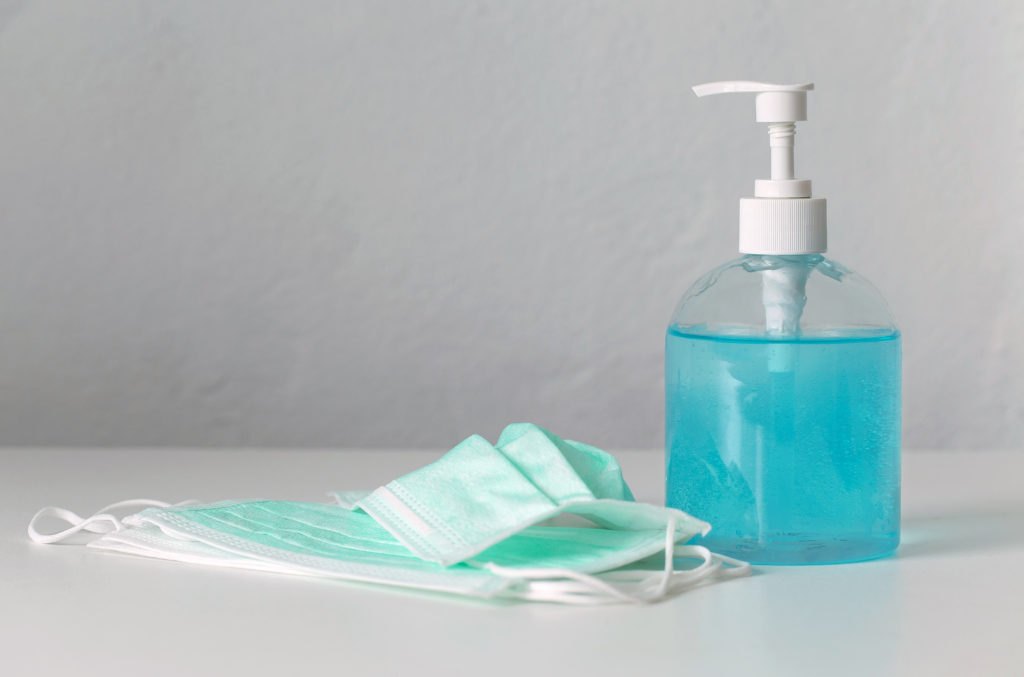Hand Sanitisers
Comparing Alcohol-based vs Alcohol-Free Hand Sanitisers: A Comprehensive Guide
In a world where health and hygiene have taken center stage, the importance of hand sanitising cannot be overstated. Hand sanitizers serve as a simple yet effective solution to prevent the spread of germs and infections. This is particularly crucial in environments like healthcare facilities, educational institutions, and building services, where the risk of contamination is high.
Regular hand sanitising can help in reducing the likelihood of disease transmission, ultimately contributing to overall public health. It is an easy-to-use, convenient alternative when soap and water are not readily available.
In This Article
Brief Overview of Alcohol-Based and Alcohol-Free Hand Sanitisers
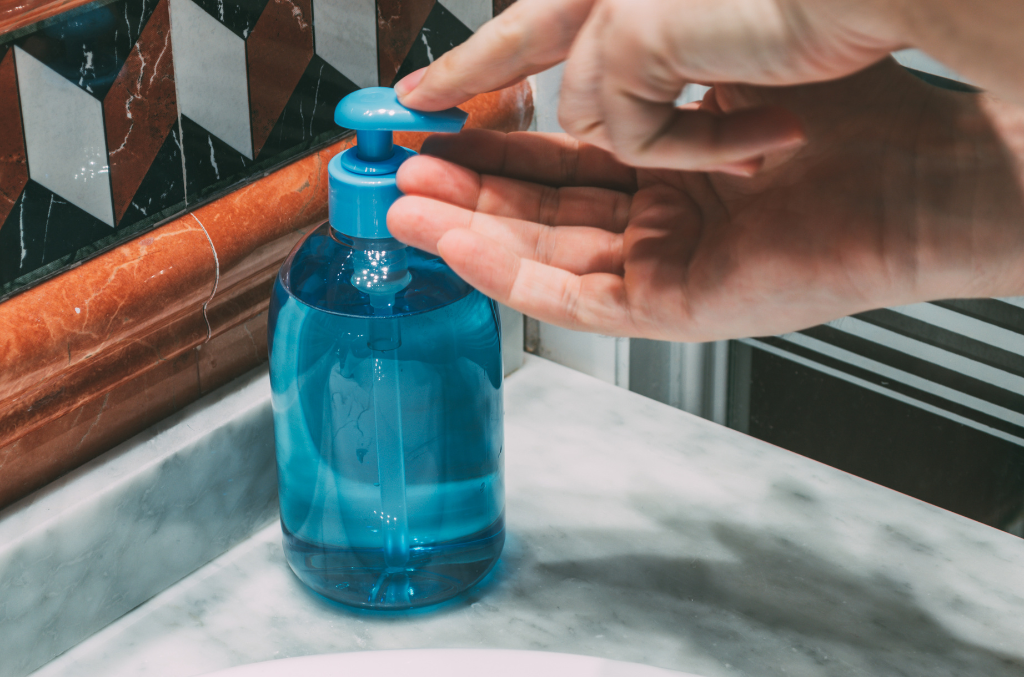
Hand sanitisers generally fall into two categories: alcohol-based and alcohol-free.
Alcohol-based hand sanitisers typically contain between 60% to 95% alcohol – in the form of ethanol, isopropanol, or n-propanol. They are renowned for their ability to rapidly and effectively kill many types of microbes on the skin.
On the other hand, alcohol-free hand sanitisers use other active ingredients, such as benzalkonium chloride, to eliminate germs. These sanitisers are often gentler on the skin and may contain moisturising ingredients.
Both types of hand sanitisers have their own set of advantages and potential drawbacks. The following sections will delve deeper into the specifics of these two categories, helping you make an informed decision for your specific needs.
Understanding Different Types of Hand Sanitisers
The Key Components of Alcohol-Based Hand Sanitisers
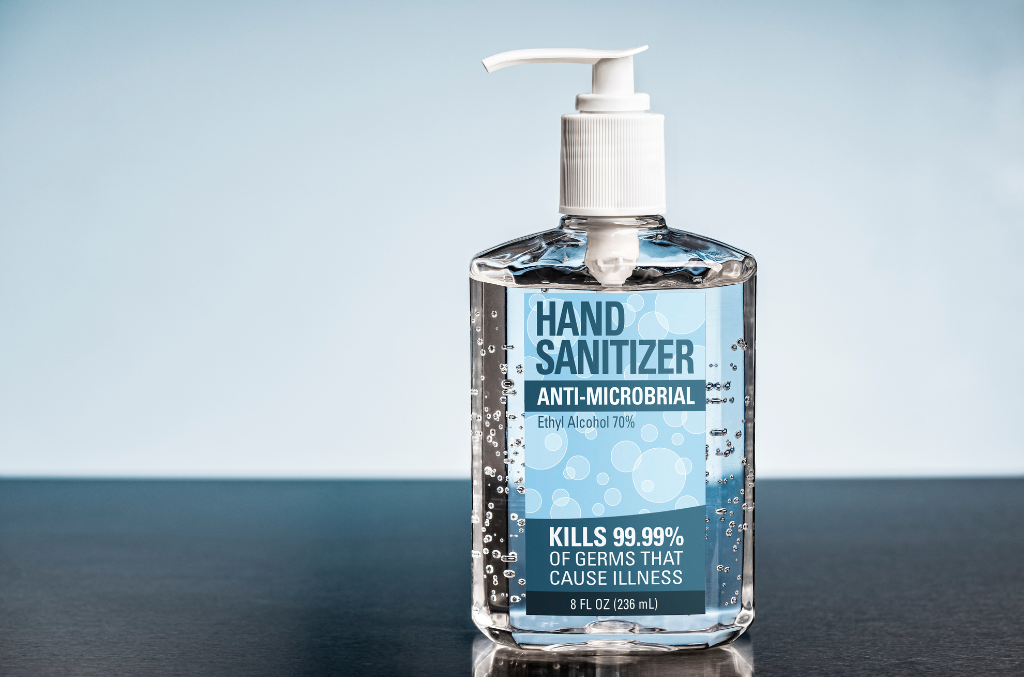
Alcohol-based hand sanitisers primarily contain isopropyl alcohol, ethanol, or n-propanol as their active ingredient. These alcohols have a broad-spectrum germicidal activity and are highly effective at killing many types of bacteria, viruses, and fungi.
In addition to alcohol, these sanitisers may also contain inert ingredients like water, glycerin, and fragrance. Water is used to dissolve other ingredients, glycerin acts as a humectant to prevent the skin from drying out, and fragrances are added to improve the product’s smell.
The Key Elements of Alcohol-Free Hand Sanitisers
Alcohol-free hand sanitisers, on the other hand, use non-alcohol active ingredients. The most common among these is benzalkonium chloride, a type of quaternary ammonium that’s known for its antimicrobial properties.
These sanitisers also often include moisturisers to help reduce skin dryness. Additionally, they may contain other antimicrobial agents, such as chlorhexidine gluconate, to enhance their germ-killing efficacy.
While alcohol-free hand sanitisers may not work as quickly as their alcohol-based counterparts, they provide a longer duration of action. This makes them a suitable choice for situations where sustained antimicrobial action is desirable.
The Science Behind Hand Sanitisers
How Alcohol-Based Hand Sanitisers Work
The effectiveness of alcohol-based hand sanitisers lies in their ability to denature proteins. When applied, the alcohol in the sanitiser rapidly evaporates and in the process, denatures the proteins of the microorganisms present on the skin, thereby killing them.
It’s important to note that while these sanitisers are highly effective against many types of bacteria and viruses, they are not as effective against certain types of germs, such as norovirus and Cryptosporidium.
How Alcohol-Free Hand Sanitisers Work
Alcohol-free hand sanitisers work a bit differently. The active ingredient, benzalkonium chloride, is a quaternary ammonium compound that disrupts the microbial cell membrane, leading to cell death.
These sanitisers have a slightly slower onset of action compared to alcohol-based ones, but they provide a longer duration of antimicrobial activity. They are also generally less drying to the skin, thanks to the addition of moisturising agents.
While alcohol-free sanitisers are effective against many common pathogens, they are not as effective as alcohol-based sanitisers against certain types of germs. It’s always important to consider the specific type of pathogens you are most likely to encounter when choosing a hand sanitiser.
Industry Applications
Usage of Alcohol-Based and Alcohol-Free Hand Sanitisers in Healthcare
In the healthcare industry, hand hygiene is paramount to prevent the spread of infections. Alcohol-based hand sanitisers are often the preferred choice due to their rapid germ-killing action. They are particularly useful in clinical settings where healthcare professionals frequently need to sanitise their hands between patient interactions.
However, alcohol-free hand sanitisers also have their place, especially in situations where individuals may have an intolerance or allergy to alcohol. They’re also beneficial in long-term care facilities, where the sustained antimicrobial activity of alcohol-free sanitisers can be particularly useful.
Applications in Education and Building Services
In educational institutions, both alcohol-based and alcohol-free hand sanitisers can be found. The choice often depends on the specific requirements of the institution and the age group of the students. For younger children, alcohol-free sanitisers might be preferred due to safety concerns, while older students and staff might use alcohol-based sanitisers for their speed and effectiveness.
Building services, which include facilities management and janitorial services, also utilise both types of hand sanitisers. The choice between alcohol-based and alcohol-free options usually depends on the specific needs of the building occupants and the nature of the tasks being performed. For example, in high-traffic areas, fast-acting alcohol-based sanitisers may be preferred, while in areas where people spend longer periods, the long-lasting protection of alcohol-free sanitisers could be more beneficial.
Tips for Choosing Between Alcohol-Based and Alcohol-Free Hand Sanitisers
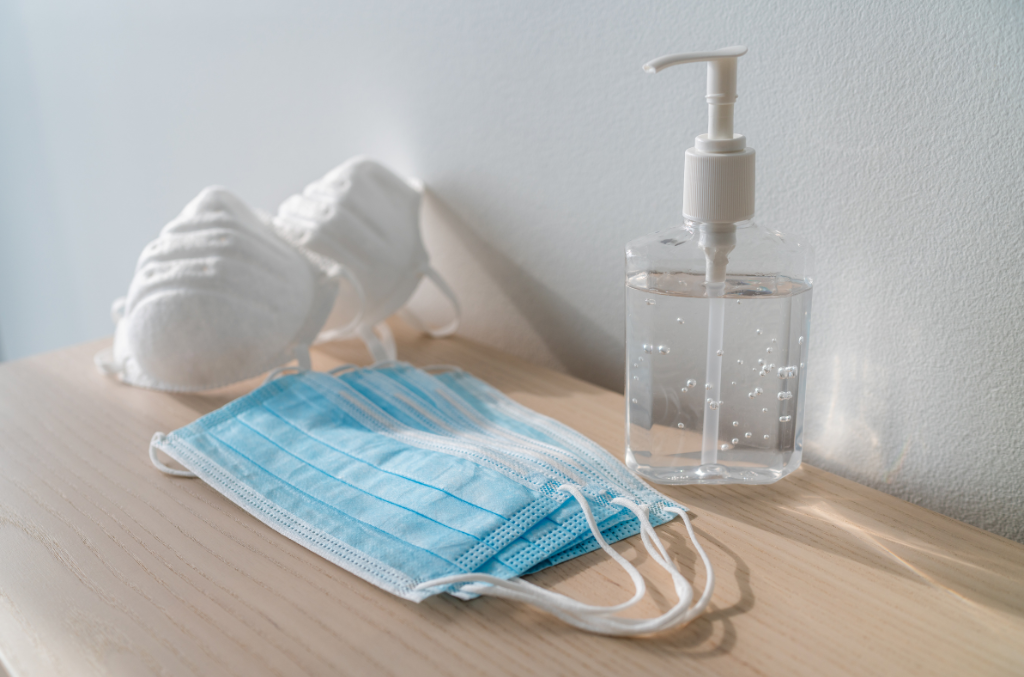
Considerations for Skin Sensitivity and Allergies
When deciding between an alcohol-based or alcohol-free hand sanitiser, it’s essential to consider skin sensitivity and potential allergies. Alcohol-based sanitisers can sometimes dry out the skin or cause irritation, especially with frequent use. If you or your team have sensitive skin, an alcohol-free hand sanitiser might be a more suitable choice.
The Importance of Effectiveness against Specific Pathogens
Another critical factor to consider is the type of pathogens you are most likely to encounter. While both alcohol-based and alcohol-free hand sanitisers are effective against many common germs, they each have their limitations.
Alcohol-based sanitisers are less effective against norovirus and certain types of fungi, while alcohol-free sanitisers may not be as effective against certain bacteria and viruses. If you’re in an environment where a particular type of pathogen is prevalent, you’ll want to choose a hand sanitiser that is most effective against that pathogen.
Remember, no hand sanitiser can guarantee 100% protection against all types of germs. The best defence is a combination of good hand hygiene practices, including using hand sanitiser and washing hands with soap and water whenever possible.
Proper Usage and Maintenance of Hand Sanitisers
The Correct Method to Apply Hand Sanitiser
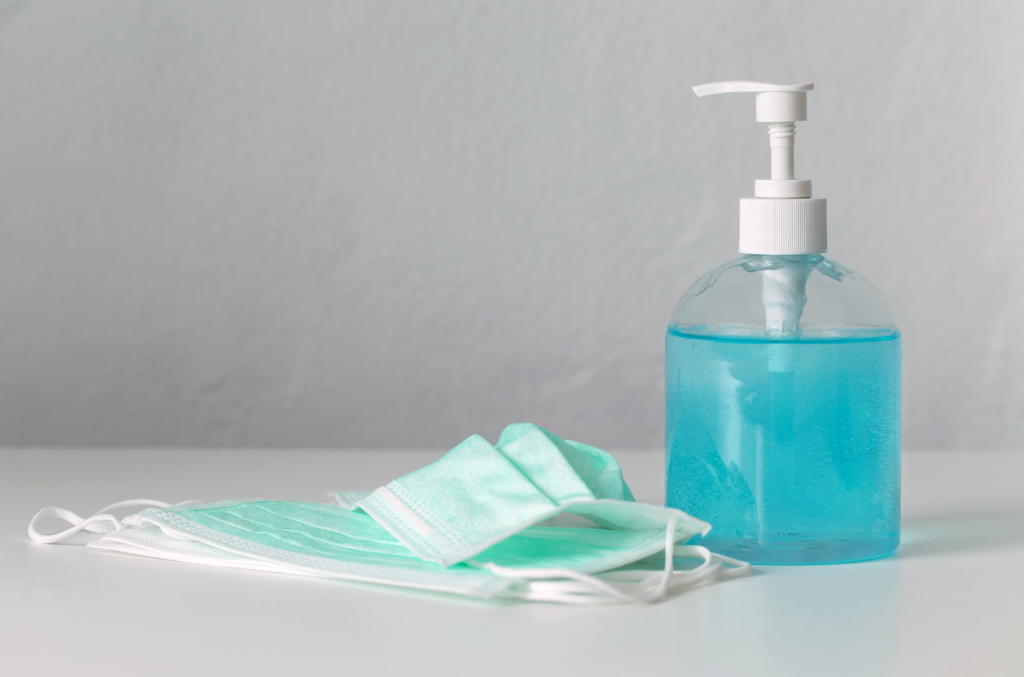
Regardless of whether you choose an alcohol-based or alcohol-free hand sanitiser, proper application is crucial for maximum effectiveness. Here are the steps to follow:
- Apply a sufficient amount of hand sanitiser on the palm of one hand. The exact amount will depend on the specific product, so be sure to read the label.
- Rub your hands together, covering all surfaces of both hands. Don’t forget the backs of your hands, between your fingers, and under your nails.
- Continue rubbing your hands together until they are dry. This should take around 20 seconds.
Remember, hand sanitisers are not meant to clean visibly dirty or greasy hands. In such cases, washing with soap and water is the recommended method.
Maintaining Efficacy Over Time: Storage and Expiry
Hand sanitisers, like many other products, have a shelf life. After a certain period, the active ingredients may start to degrade, reducing the product’s effectiveness. Always check the expiry date before use, and avoid using any product that is past its expiry date.
Proper storage is also essential to maintain the efficacy of hand sanitisers. Both alcohol-based and alcohol-free sanitisers should be stored in a cool, dry place, away from direct sunlight and heat sources. Extreme temperatures can degrade the active ingredients and cause the hand sanitiser to lose its effectiveness.
By following these guidelines, you can ensure that your hand sanitiser remains as effective as possible.
Regulatory Aspects of Hand Sanitisers
Understanding FDA Regulations for Hand Sanitisers
In the United States, hand sanitisers are regulated by the Food and Drug Administration (FDA) as over-the-counter (OTC) drugs. The FDA has specific guidelines regarding the formulation, labelling, and marketing of these products.
For alcohol-based hand sanitisers, the FDA stipulates that the product must contain ethanol, isopropanol, or n-propanol as the active ingredient. The concentration of alcohol must be between 60% to 95%.
For alcohol-free hand sanitisers, the commonly used active ingredient, benzalkonium chloride, must be present in a concentration of 0.13%.
All hand sanitisers must also include a Drug Facts label that lists the active ingredients, uses, warnings, and directions.
Global Regulations and Guidelines
Regulations for hand sanitisers vary globally. For instance, in the European Union, hand sanitisers are regulated as biocides under the Biocidal Products Regulation (BPR).
The World Health Organization (WHO) also provides guidelines for hand hygiene in healthcare. They recommend the use of alcohol-based hand rubs as the preferred method for hand hygiene in most healthcare situations due to their superior efficacy and better skin tolerance compared to other products.
By understanding the regulatory aspects of hand sanitisers, you can ensure that the products you choose are safe, effective, and compliant with local regulations.
Different Brands of Hand Sanitisers
When selecting a brand, consider factors such as the concentration of active ingredients, skin-friendliness, price, and user reviews. Remember, the most important thing is to choose a product that you and your team are likely to use regularly and correctly.
Summary
Recap on the Key Differences between Alcohol-Based and Alcohol-Free Hand Sanitisers
In conclusion, both alcohol-based and alcohol-free hand sanitisers have their own unique features and benefits. Alcohol-based sanitisers are known for their rapid germ-killing action and are particularly beneficial in healthcare and high-traffic environments where quick sanitisation is paramount.
On the other hand, alcohol-free hand sanitisers offer a gentler alternative that can be more suitable for sensitive skin and offer a longer duration of action. They are ideal for situations where sustained antimicrobial action is desirable and for use with younger demographics due to safety concerns.
Final Thoughts on the Best Choice for Different Scenarios
Choosing between alcohol-based and alcohol-free hand sanitisers ultimately depends on your specific needs and circumstances. Consider factors such as the types of pathogens you are most likely to encounter, skin sensitivity, regulatory guidelines, and personal preferences.
Remember, while hand sanitisers are an effective tool in preventing disease transmission, they are not a replacement for proper handwashing with soap and water. A combination of good hand hygiene practices will provide the best protection against germs.
With the information provided in this guide, you can make an informed decision about which type of hand sanitiser is the best fit for your home, workplace, or institution.
Frequently Asked Questions (FAQ)
At IP Products, we offer a wide range of Hand Sanitisers to meet your needs. Browse our collection today and find the perfect Hand Sanitisers for your job. We are dedicated to quality, customer satisfaction, and fast shipping.
